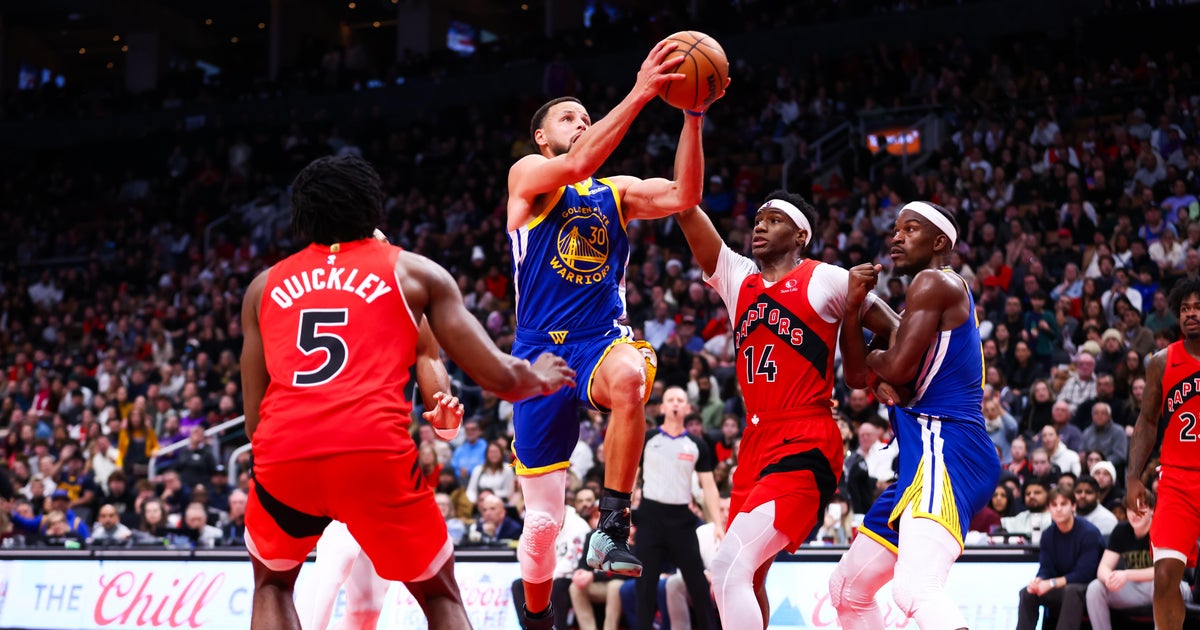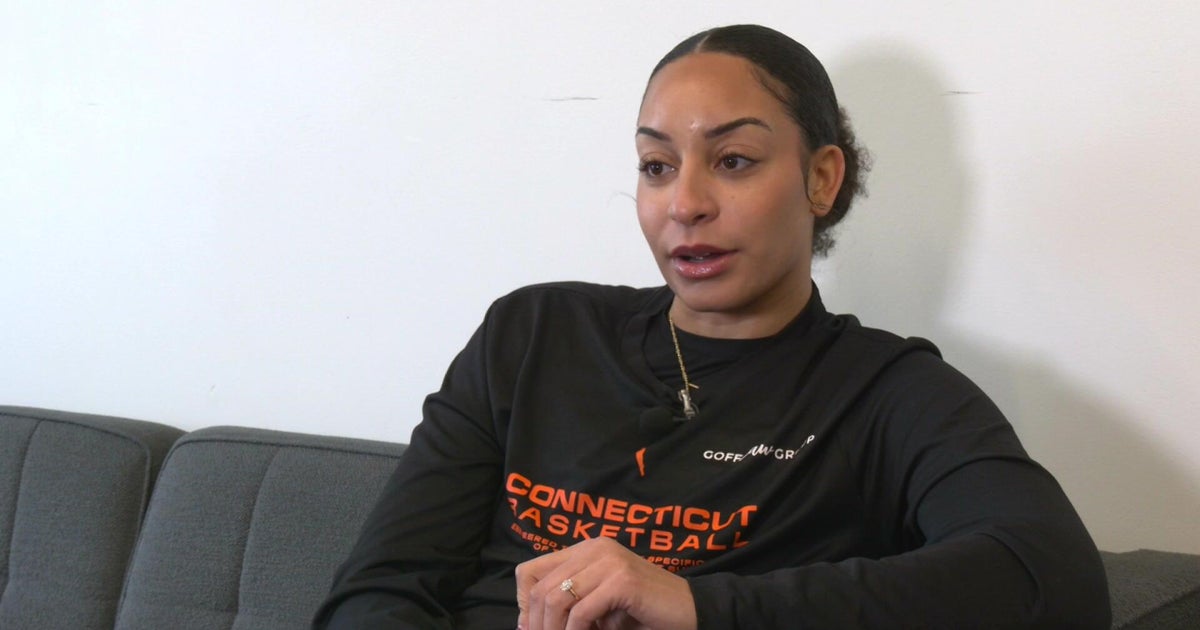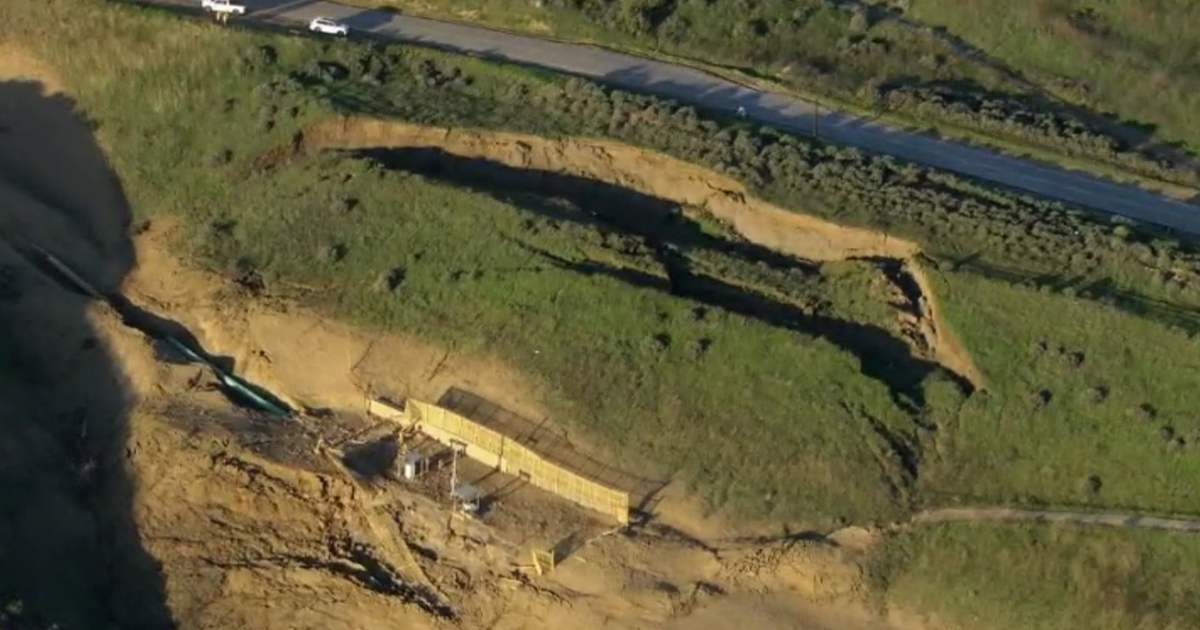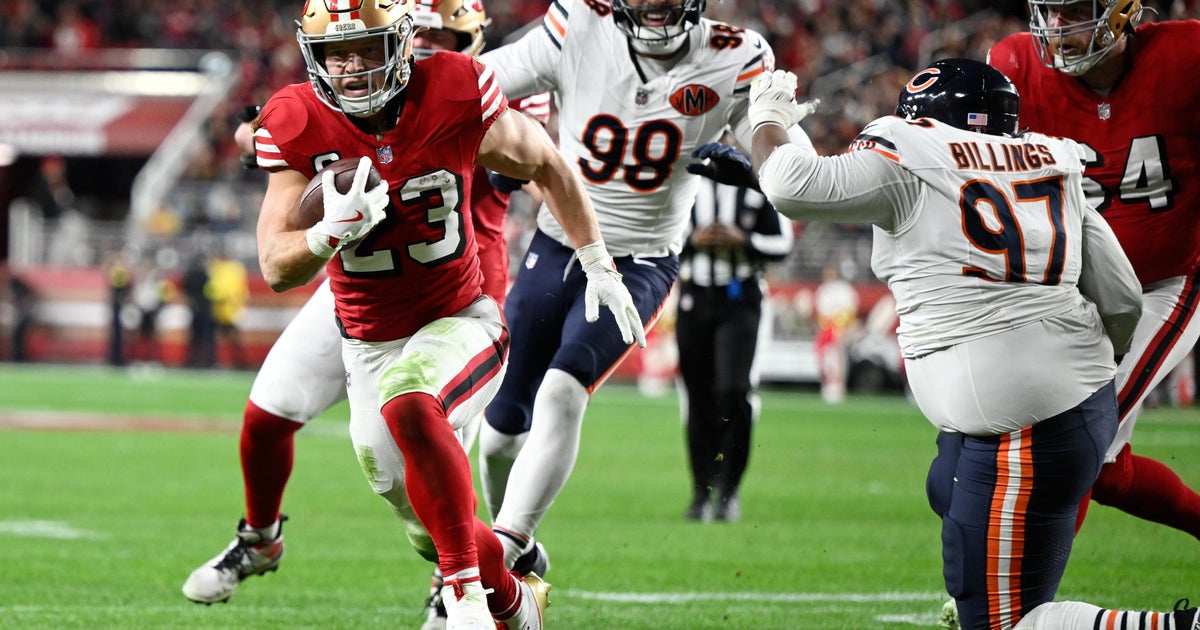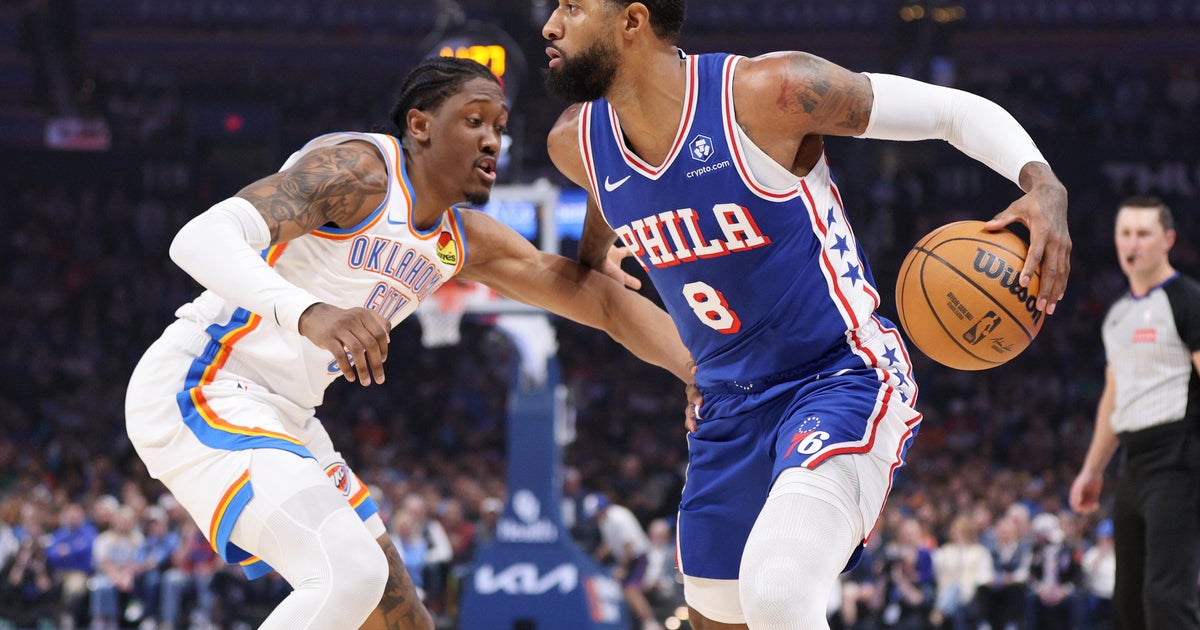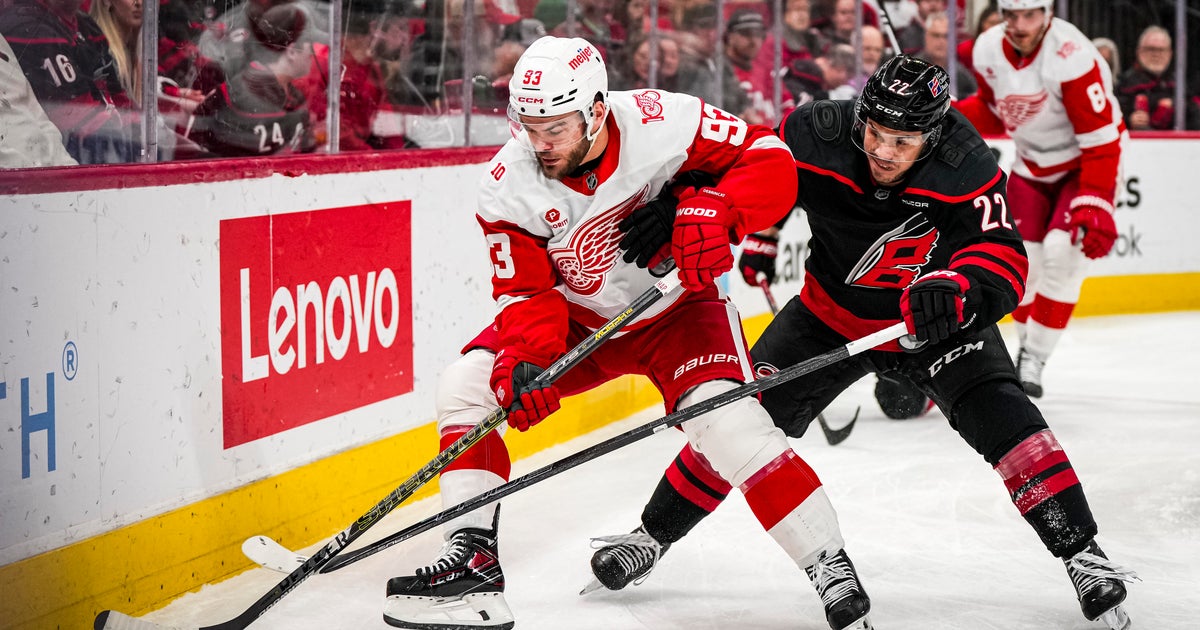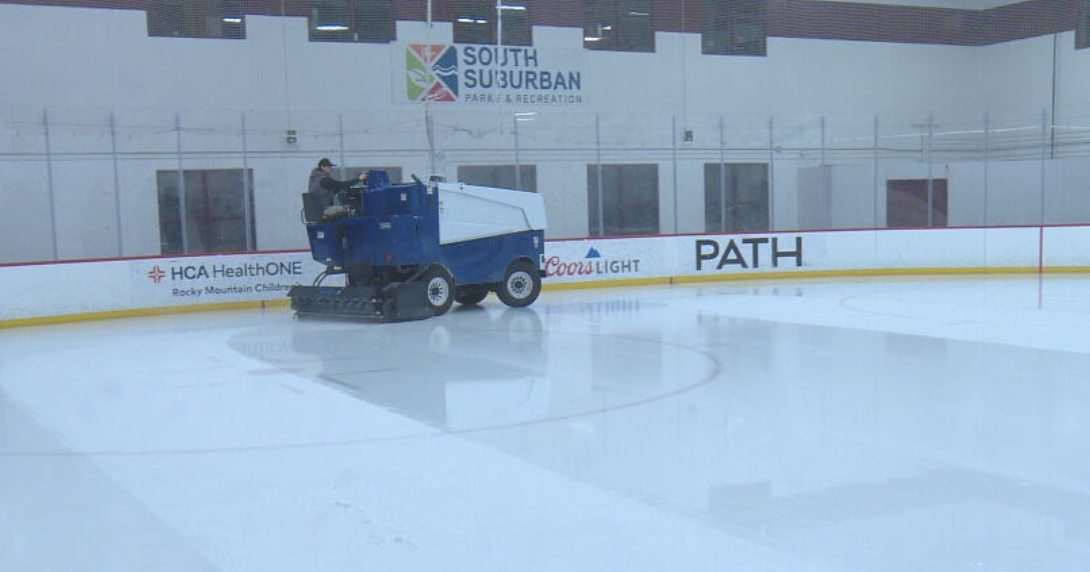Kallas Remarks: Blame It On The Dirt
By Steve Kallas
» More Columns
Easily viewed as the race of the year, if not the race of the 21st Century to date, the Breeders' Cup Classic was going to be a coronation for Zenyatta, considered by some to be the greatest race mare (or even the greatest race horse) ever. After going 19 for 19, including 17 on the dreaded "synthetic" surface, Saturday on the dirt at Churchill Downs in Kentucky was going to be the highlight of a glorious career.
But a funny thing happened on the way to racing immortality.
THE GREATEST FIELD SHE HAS EVER FACED BY FAR
There were three top male horses waiting for Zenyatta. Quality Road, a top, top racehorse for training superstar Todd Pletcher, showed up but had the dreaded post one, not something you want as a speed horse in a mile-and-a-quarter race (you either have to blast out of there and get used early or take back and risk getting buried in the twelve-horse field). On the far outside (post 12) was Lookin at Lucky, the three-year-old winner of the Preakness, among other races. But a three-year-old from post 12 racing against older horses isn't exactly a formula for beating an excellent field of horses.
After eliminating both Quality Road and Lookin at Lucky because of their poor post positions, here's what I said on my weekly radio show two days before the big race: "The reason I like Blame is he's got a good post [post 5]. He's not only raced at Churchill Downs, he's won three races at Churchill Downs, so he's familiar with the track." I then went on to state that Zenyatta's problems would include shipping cross country (from California) and the fact that she had never raced at Churchill. After that, I stated that "if she does win the Classic, she should be considered one of the greatest race horses of all time."
IT'S THE DIRT, STUPID
Much has been written over the last few years about the new "synthetic" tracks, particularly in California. Last year, Zenyatta beat a weak field of males in the Breeders' Cup Classic (she ran by Gio Ponti, a turf horse, to win in 2009) on the synthetic. But she was always criticized for not racing on dirt, as great horses have done for the last 150 years or so.
So what happened? Well, according to Hall of Fame jockey Mike Smith, who had ridden her in 16 of her 19 victories, "The dirt was hitting her in the face. She wasn't used to that. I went through all the six goggles I was wearing." [Jockeys routinely wear multiple pairs of goggles and pull them down as dirt on the goggles clouds their vision].
Did that cost Zenyatta at least the head she lost by? You bet it did. But whose fault is that? After only racing in two dirt races in her career against easy fields of female horses, Zenyatta simply never had the experience on dirt to deal with the obvious elements that crop up in a race on dirt – especially when you are going to be last in a 12-horse field (Zenyatta always races from the back of the pack). She simply should have been given more races on the dirt over the years.
You never hear that the dirt bothered a SIX-year-old. That's reserved for two-year-olds or, maybe, green three-year-olds with very few starts or, maybe, on a very sloppy/muddy track.
WHAT ABOUT THE TRIP?
Well, what about the trip? By definition, if you are last in a twelve-horse field, you are going to have to weave in and out, maybe check your horse and maybe not get there, especially against top competition.
That's exactly what happened to Zenyatta.
Blame, with superstar jockey Garrett Gomez, had a pretty good, pretty easy trip. Zenyatta had a much more difficult trip. Yet Zenyatta had dead aim and was clear 300 yards from the wire. In the last 50 yards, she was very close. But she couldn't get by a top horse like Blame, finishing a head short.
As Zenyatta's trainer, the classy John Shirreffs, said immediately after the race, "That's horse racing."
SO, WHO IS HORSE OF THE YEAR?
An interesting question. You could argue that this was, by far, Zenyatta's best race. That her stock went up in defeat, much like Seattle Slew's did when he raced like a monster only to lose to Exceller by a nose in the 1978 Jockey Club Gold Cup.
But racing, like it or not, is all about winning. Did Zenyatta go a better race than the winner, Blame? You bet she did. But Blame won, and that will probably make him Horse of the Year.
IT'S A COLD BUSINESS
At the end of the day, like it or not, it's all about who crosses the finish line first. While Zenyatta was awesome in defeat, Seth Hancock, the head of Claiborne Farm, co-owner of Blame, gave his perspective after praising Zenyatta as a top horse. He said, "The battle for Horse of the Year was fought about a half-hour ago, and Blame won it. Zenyatta had her shot to get by and didn't do it."
Ouch!
Hancock might be wearing blinkers, not watching the first mile-and-an-eighth of the Classic, but at the end of the day, he's probably right – it's not how you race, but where you finish. Whether that's fair or not is irrelevant.
In defeat, Zenyatta stamped herself as, maybe, the greatest race mare of all time. And, also, arguably, as one of the greatest race horses of all-time.
You just wish that the owners and/or the trainer had let her race more on the dirt and against better competition.
It says here that she would have won a number of races against the best competition – male or female.
